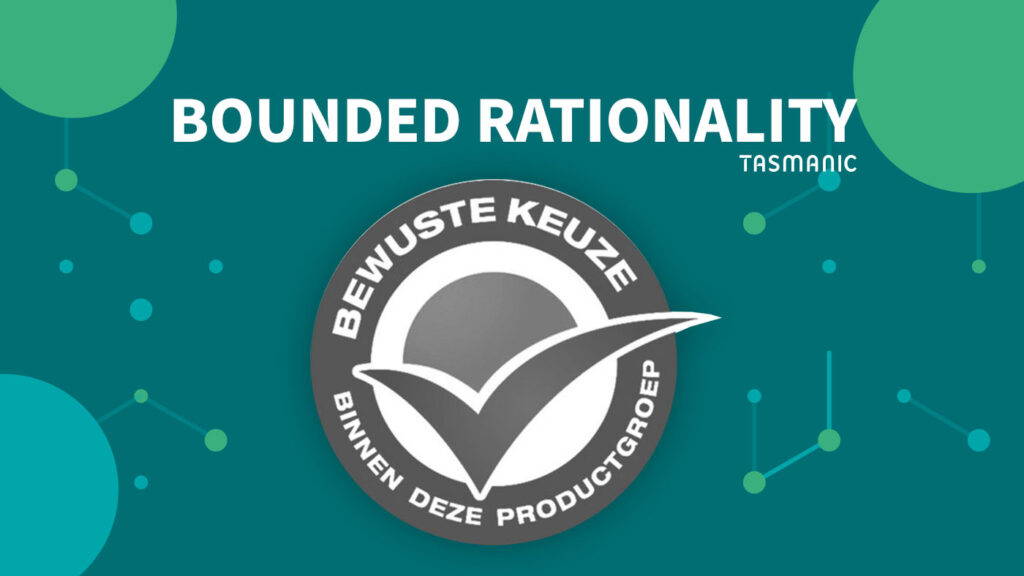
Last updated November 20, 2024
What is Customer Lifetime Value (CLTV or CLV) and why do companies calculate it? If you know what your customers value, you can calculate what they may cost in sales and marketing activities. This applies to acquiring new customers as well as retaining existing ones.
What is the meaning of Customer Lifetime Value?
Customer value, according to Bauer, Hammerschmidt and Braehler (2003), is defined as the economic value of the customer to a company. Customer lifetime value (CLV) can then be defined as the customer value over the entire time that person is a customer. Thus, the CLV measures the profit contribution of a customer over the entire customer life cycle.
Customer Lifetime Value is the arithmetic that follows from the purchase value of purchases made by customers multiplied by the number of purchases (per year) and the number of purchases they make in their entire lifetime.
Why do companies calculate the CLTV?
Companies calculate the Customer Lifetime Value to compare it to the cost of bringing in a new customer, the Customer Acquisition Costs (CAC). This is the amount a company spends to acquire a new customer. It includes costs for advertising campaigns and direct marketing costs, for example, as well as costs for sales, personnel and (CRM) software, for example.
Suppose the Customer Lifetime Value is easier to calculate because a customer makes an average of one purchase from you in his or her lifetime. You can then plot the CAC against the CLTV.
Does a customer buy a product from you for €500 on average once in his or her lifetime? And on the other hand, does it cost an average of €150 to acquire that customer? Then you have a healthy margin of €350. As long as the purchase price and other costs per customer do not exceed that amount, you make a profit at the bottom line.
By calculating the Customer Lifetime Value (and the CAC, for example) you know what a customer brings in, so on the other hand you know what it may cost to acquire that customer.
Calculating Customer Lifetime Value: the formula
There are several ways to calculate Customer Lifetime Value, from complex to simple. One of the simplest formulas is:
CLV = [average number of purchases per month] x [average profit per purchase] x [average number of months someone stays a customer].
Example: Suppose you sell business software, which customers use for 5 years. Then you can calculate the CLTV as follows:
- Average revenue per purchase (year long license), e.g. €500
- Average frequency of purchases: once a year
- Average duration of customer relationship: 5 years
In that case, you sell an average customer €500 software license once a year for 5 years. So the average customer value is €2,500. This is the revenue you can expect from a new customer. Do you have to make costs now to acquire that customer? Then that will pay for itself in the long run, as long as the costs you make now are lower than the revenue you can expect over the years.
CLTV to calculate value company
Gupta and Lehmann (2005) indicate that customers are best viewed as assets and expenses, and should be treated as such. Gupta and Lehmann therefore indicate that the value of the company can be expressed in terms of the value of current customers and future customers.
We use the example in the book to calculate the value of the company with this. Here we assume a company where the average customer is worth $100 (CLV = $100), and the company currently has 30 million customers. The current customers then have a value of $3 billion. Then a prediction is made for future customers using the acquisition rate of customers and the CLV of current customers. From this comes a value of $1 billion. The value of current and future customers is then $4 billion, which gives a good picture for the value of the company.
Customer Lifetime Value: for new customers
It is an influential marketing fable that it is 6 to 7x cheaper to retain an existing customer than to gain a new one. Even if that turns out to be true, as a company you cannot simply ignore all potential new customers.
If you are ambitious and want to grow fast, you need new customers. Only when you attract enough new clients and retain your existing ones can you serve an ever-growing target market.
Calculating the Customer Lifetime Value gives you a better understanding of what a new customer may cost you in sales and marketing. This prevents you from spending too much (or too little). And it justifies expenditures you make that do fit within budget. Indeed, it is important not to focus too much on it, but make sure you have an approximate picture.
What insights does calculating Customer Lifetime Value offer?
Calculating Customer Lifetime Value offers even more insights into your commercial operations:
- Your customer value provides insight into determining your marketing and sales efforts. For example, you can see whether your online marketing campaigns are profitable or whether they need to be fine-tuned.
- Based on your customer value, you can determine your marketing budget. You know what a campaign will ultimately bring you and therefore what you can invest in it.
- The Customer Lifetime Value also gives you insight into the health of your business: you know what your existing customers bring you on average and what results you can expect in the coming period.
Type of customers
Another insight CLV offers is that you can create different strategies for your customers based on the value they provide to the company and the value the company provides to the customers. Gupta and Lehmann (2005) identify four types of customers and discuss how best to deal with each type:
Star customers: These customers derive high value from the products and services they purchase from the company. They also then provide high value to the company through higher margins, strong loyalty and longer retention. As a company, you want to fill your customer base with these types of customers.
Lost cause customers: Lost cause customers are customers who add low value to both themselves and the company. The company might consider reducing its investment in these types of customers or giving up altogether.
Vulnerable customers: These types of customers provide high value to the company, but do not themselves derive high value from the company's products or services. These customers are prone to switching to competitors.
Free riders: Free riders extract high value from the company's products and services, but provide low value to the company. The company may consider lowering the service level for free riders or raising the price.
Customer Lifetime Value: increasing customer value
And do you notice that the Customer Lifetime Value is too low in relation to the costs you incur to attract a customer? Then you can try to reduce costs, for example by cutting sales or marketing activities.
You can also choose to increase customer value. Perhaps you can sell customers additional products. Or you can entice existing customers to make more frequent purchases.
So, do you want to get started with the CLTV? Make the costs you incur transparent with a CRM system and in accounting. And then contrast that with the value of customers. That way, calculate what a (new) customer may cost, and use that budget to get started. At Tasmanic, we're happy to help you map this out and grow hard if you're ambitious.
Using customer value as an SME entrepreneur
- Start by mapping out your average Customer Lifetime Value. This doesn't have to be to 2 decimal places, but you do need to know if it's €500 or €5000.
- Use this number to make marketing decisions. For example, how many additional customers can a channel bring in? At what total cost? Does that leave anything left over?
- Link your customer value to the acquisition channel (for example, SEO, regional newspaper ad or cold acquisition). This allows you to understand the value of individual channels and see where you get the most valuable customers. This can also be done for long purchase processes and offline ad campaigns.
Resources
Bauer, H. H., Hammerschmidt, M., & Braehler, M. (2003). The customer lifetime value concept and its contribution to corporate valuation. Yearbook of Marketing and Consumer Research., 1(1), 49-67.
Gupta, S., & Lehmann, D. (2005). Managing customers as investments the strategic value of customers in the long run. Wharton School Publishing.
Are the results from your online marketing disappointing?
Request our no-obligation performance scan and we'll tell you where you're going wrong.

















 Team
Team FAQ
FAQ Vacancies
Vacancies Contac
Contac AWR
AWR Ahrefs
Ahrefs Channable
Channable ContentKing
ContentKing Leadinfo
Leadinfo Optmyzr
Optmyzr Qooqie
Qooqie Hubspo
Hubspo Semrush
Semrush




